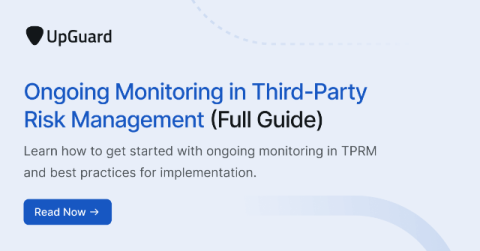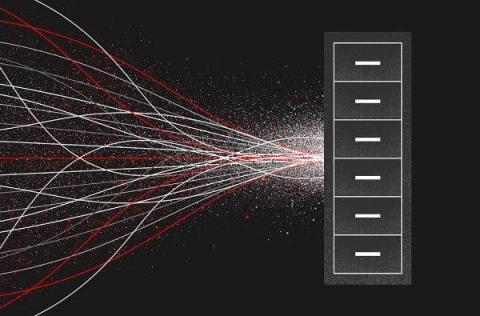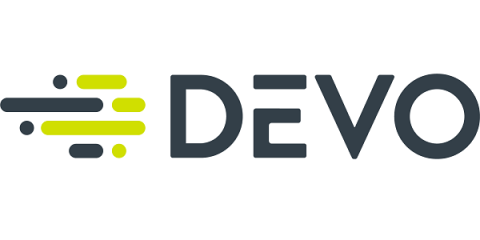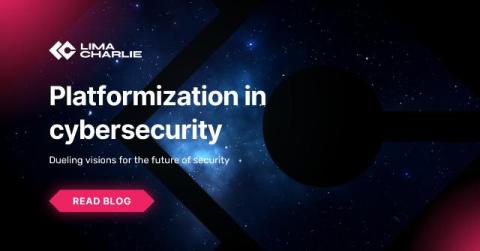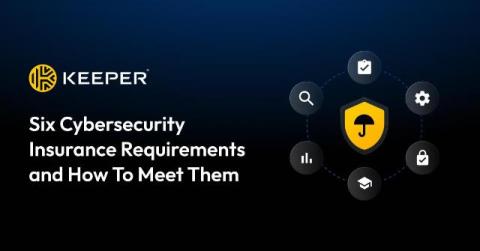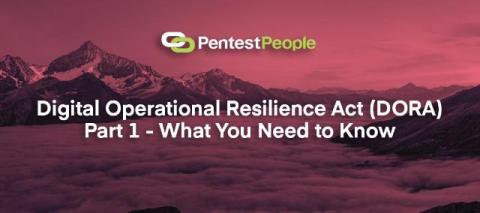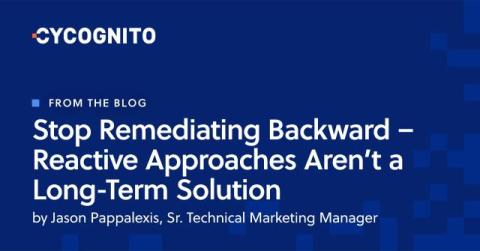Ongoing Monitoring for Third-Party Risk Management (Full Guide)
Ongoing monitoring is a key step in effective Third-Party Risk Management (TPRM) that helps ensure continuous compliance, cybersecurity performance, and risk management of external vendors and service providers. It’s a necessary step that reinforces how vendors are managing their cybersecurity processes to prevent potential data breaches or reputational damage.


